Construction solution for metal frame warehouse
Today, with the surge in global industrialization and logistics demand, metal frame warehouses have become the preferred warehousing solution in the fields of manufacturing, agriculture, cold chain logistics, etc. with their three core advantages of rapid construction, flexible expansion, and high load-bearing capacity.
Based on the practical experience of 20+ countries and 500+ projects around the world, this article will dismantle the four core solutions of metal frame warehouse for you, from structural form to enclosure materials, from climate adaptation to cost-effectiveness, to help you accurately match your needs.
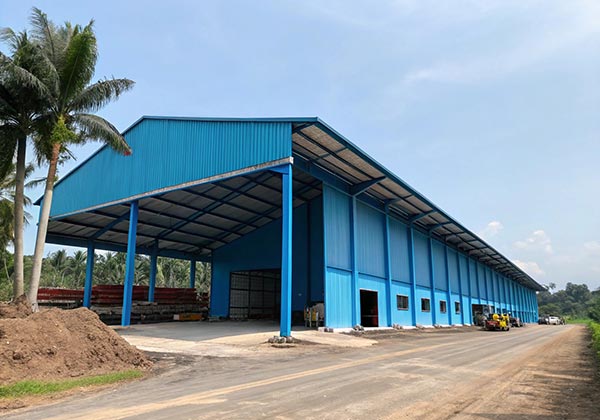
Solution classification
The core of the metal frame warehouse consists of the main frame and the external enclosure system. The main frame determines the load-bearing capacity and spatial flexibility, while the external enclosure system (wall + roof) affects the insulation, waterproof, wind resistance and other performance. Therefore, the solution selection needs to be divided into two steps:
- Main structure: Based on the metal frame, distinguish between pure steel frame (without enclosure integration) and frame and sandwich panel (integrated enclosure).
- Roof form: single slope (15°-30° inclination) or double slope (symmetrical inclination, common 25°-45°), adapted to different drainage and lighting requirements.
Solution 1: Pure metal frame + customized enclosure
Applicable scenarios: large logistics centers, port freight stations, heavy machinery storage yards (internal layout needs to be adjusted frequently).
Structural features
- Main frame: Q355B high-strength steel columns + H-shaped steel beams, column spacing 6-12m (expandable to 15m), roof uses steel truss or grid structure, maximum span up to 60m.
- Enclosure system: The wall can be made of color steel plate (thickness 0.4-0.8mm), aluminum-magnesium-manganese plate (strong corrosion resistance) or glass curtain wall (transmittance 80%+), and the roof can be made of color steel tile (single slope) or concrete slab (double slope).
- Advantages: Completely modular design, which can be dismantled and rebuilt or adjusted later, suitable for industrial scenes with changing needs.
Adaptation suggestions
- Hot and humid areas (Southeast Asia, Middle East): Choose aluminum-zinc color steel plate for the wall (anti-corrosion period of 25 years+), and add ventilation caps on the roof (to reduce stuffiness).
- Cold areas (Northern Europe, Canada): Fill the wall with polyurethane foam (thermal conductivity 0.024W/(m·K)), and install insulation cotton on the roof (R value ≥5㎡·K/W).
- High wind pressure areas (hurricane-prone areas): The frame column base is made of anchor bolts + concrete pouring (anti-overturning force ≥150kN), and the enclosure is fixed with self-tapping screws + sealant (wind resistance level ≥12).
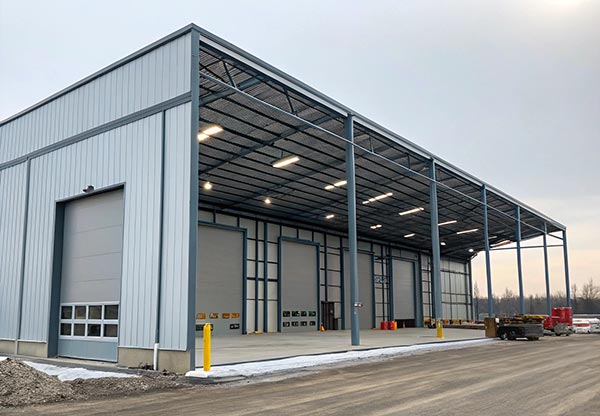
Solution 2: Metal frame + sandwich panel enclosure
Applicable scenarios: cold chain storage, food processing plants, clean workshops (fast delivery + balanced comprehensive performance).
Structural features
Main frame: Same as option 1, but the enclosure system integrates metal panels and core materials to form a structure-insulation-waterproof integration.
Sandwich panel selection
- Wall: Commonly used rock wool sandwich panels (fireproof grade A, core material density 120kg/m³) or polyurethane sandwich panels (excellent insulation, thermal conductivity 0.022W/(m·K)).
- Roof: For single slope, color steel/EPS foam sandwich panels (low cost, thickness 50-100mm) are recommended, and for double slope, aluminum-magnesium-manganese/polyurethane sandwich panels (lightweight and high strength, thickness 40-80mm) are recommended.
- Advantages: The factory prefabrication rate reaches 90%, and only bolts are required on site. The construction period is shortened by 40% compared with the pure frame solution, and the comprehensive performance (insulation + fireproof + wind resistance) is more stable.
Adaptation case
- US Texas cold chain warehouse: 100mm thick polyurethane sandwich panels (wall) + 80mm thick EPS sandwich panels (single slope roof), with top ventilation windows, the warehouse temperature is stable at 2-8℃ in summer, which saves 35% energy compared with traditional warehouses.
- German auto parts warehouse: rock wool sandwich panels (A-grade fire protection) and double-slope aluminum-magnesium-manganese roofs (slope 30°) are used to meet the EU EN 13501-1 fire protection standard and have a wind resistance level of 12.
- Brazilian agricultural product warehouse: The surface of the sandwich panel is covered with PE film (moisture-proof), the roof is designed with a single slope (slope 20°), and the ground moisture-proof layer is used to solve the problem of mildew in tropical high-humidity environments.
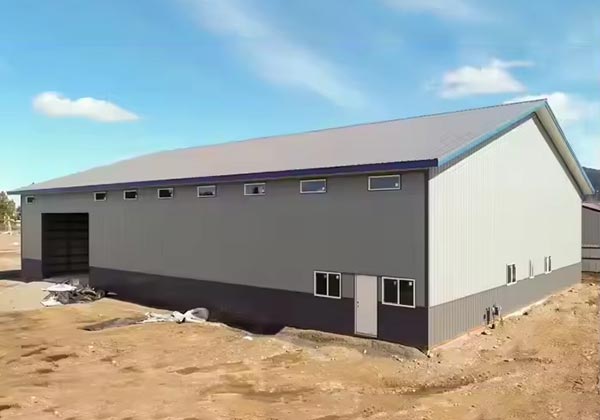
Solution 3: Single-slope metal frame warehouse
Applicable scenarios: small processing workshops, temporary storage, agricultural feed/grain stacking (quick construction + low cost).
Structural features
- Roof form: single slope tilted 15°-30°, drainage concentrated on one side, suitable for narrow sites or scenes that need to use side walls for expansion.
- Enclosure system: color steel plates (thickness 0.5mm) are mostly used for walls, and color steel tiles (wave height 18-35mm) or sandwich panels (thickness 50-80mm) can be selected for the roof.
- Advantages: The steel consumption is 15%-20% less than that of double slope, the construction cost is 10%-15% lower, and the construction period is short (a 500㎡ warehouse only takes 7-10 days).
Adaptation optimization
- Arid and rainless areas (Australia, South Africa): The roof color steel tiles are selected as uncoated galvanized sheets (low cost), and the wall color steel plates do not require additional waterproofing.
- Rainy areas (India, Southeast Asia): Add drainage grooves on the roof (slope ≥ 25°), and add flashing boards on the wall (waterproof height ≥ 250mm).
- Areas with sufficient sunlight (Middle East, North Africa): Add photovoltaic brackets on the roof (reserved load 50kg/㎡), and use translucent color steel plates on the wall (transmittance 30%), taking into account both lighting and power generation.
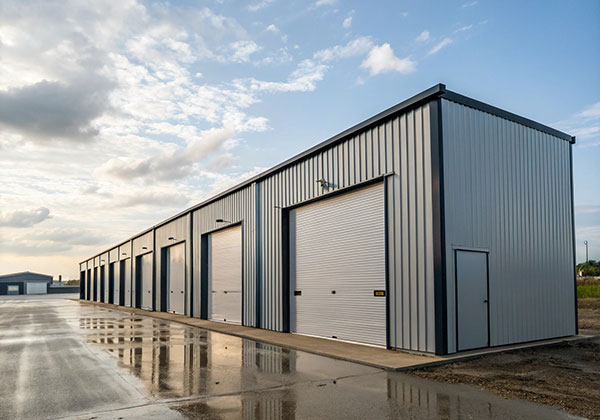
Solution 4: Double slope metal frame warehouse
Applicable scenarios: large manufacturing plants, logistics distribution centers, public warehousing (long-term use + comprehensive performance required).
Structural features
- Roof form: double slope symmetrical inclination (common slope 25°-45°), uniform drainage, can be matched with light strips (spacing 1-2m) to improve indoor brightness.
- Enclosure system: Sandwich panels (rock wool/polyurethane) are recommended for walls, and metal panels and insulation cotton composite structures (thickness 100-150mm) are optional for roofs.
- Advantages: high drainage efficiency (no water accumulation during heavy rain), high space utilization (no single slope side wall shielding), suitable for large equipment entry and exit and long-term storage.
Adaptation upgrades
- Earthquake-prone areas (Japan, Chile): frame columns are designed with hinges and dampers (seismic fortification intensity 8 degrees +), and the roof sandwich panels are connected to the frame with elastic clips (reducing seismic stress).
- Alpine regions (Russia, Norway): the core material of the roof sandwich panels is thickened to 150mm (thermal conductivity ≤0.028W/(m·K)), and an electric heating system is added to the wall (to prevent condensation).
- Industrial pollution area (European Chemical Park): Galvanized steel plate and PVDF coating (acid and alkali corrosion resistance) are selected for wall sandwich panels, and static conductive plates (resistivity ≤ 10⁶Ω) are added to the roof.
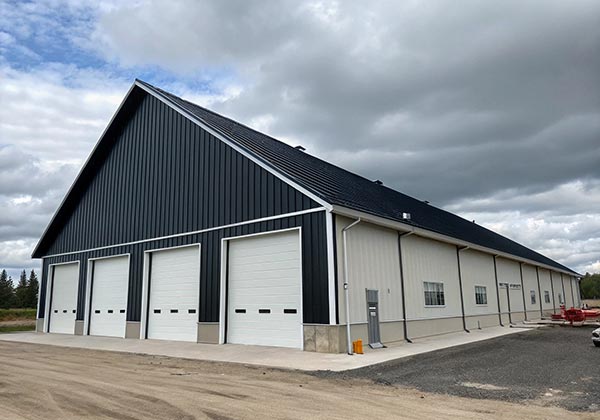
How to choose a solution that suits you?
Budget: Pure frame + customized enclosure (high initial cost, flexible in the later stage) > Sandwich panel integration (best cost performance) > Single slope (low cost, suitable for temporary).
Climate: Select anti-corrosion sandwich panels (such as aluminum magnesium manganese + polyurethane) for hot and humid conditions, thick insulation sandwich panels (such as rock wool 150mm) for cold conditions, and high wind-resistant frames (anchor bolts + reinforced columns) for high wind conditions.
Function: Select pure frame if the layout needs to be adjusted frequently, and select sandwich panels if long-term fixed storage is required.
Construction period: The sandwich panel solution is 30%-50% faster than the pure frame, and the single slope is 10%-15% faster than the double slope.
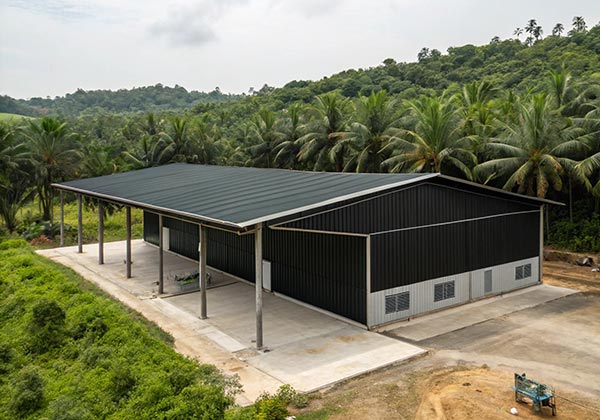
Conclusion
From tropical warehousing in Southeast Asia to extremely cold workshops in Northern Europe, from cold chain centers in the United States to industrial plants in the Middle East, the core value of metal frame warehouse lies in adapting to local conditions. Whether choosing the flexibility of pure frames, the integration of sandwich panels, or the economy of single slope/double slope, the key is to match the optimal solution of structure, enclosure, and climate according to project requirements.
As a global leading metal building service provider, Canglong Group provides full-cycle services from scheme design, material supply to installation and commissioning. No matter which country you are in, how large the span is, and what kind of climate you face, we can customize a safe, efficient, and durable metal frame warehouse for you, so that space can truly empower business.
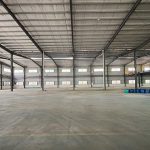
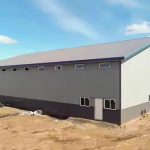
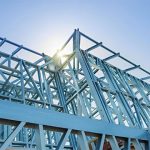
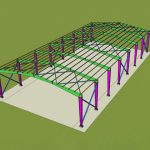
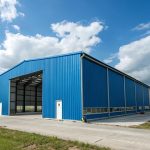
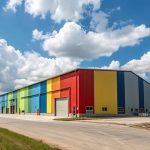
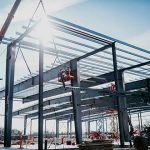
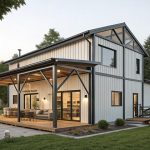
Send us the inquiry form